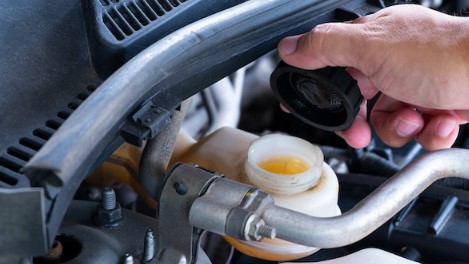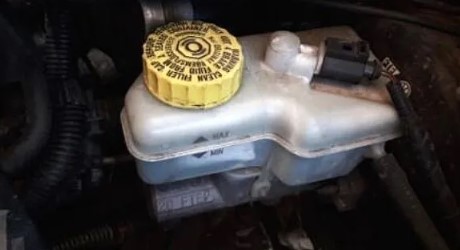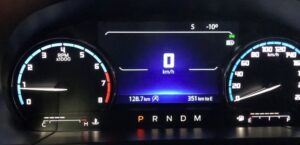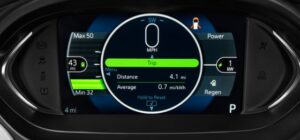You’re driving along the highway when you notice your brake pedal feels a little spongy. You check the gauge and see that your brake fluid is low. Now you’re wondering, how long can you drive with low brake fluid? The answer isn’t as simple as you might think.
In this blog post, we will explore the factors that affect how long you can drive with low brake fluid. From the type of vehicle you’re driving to the severity of the leak, we will cover everything you need to know about keeping your brakes in tip-top shape.
See also: How To Use Yale Forklift Warning Lights: 7 Important Steps
Can You Drive with Low Brake Fluid?

Yes, you can drive with low brake fluid, but it is not recommended. Driving with low brake fluid can cause your brakes to feel spongy and may make it difficult to stop your vehicle. If you must drive with low brake fluid, be sure to drive slowly and allow plenty of distance between you and the vehicle in front of you.
The Dangers of Low Brake Fluid

As your brake pads wear down, they create dust. This dust mixes with your brake fluid and can cause corrosion. Over time, this can lead to leaks in your braking system.
If you have low brake fluid, your brakes may not work as well as they should. You may also experience a loss of braking power, which could lead to an accident.
It’s important to check your brake fluid level regularly and top it off if necessary. If you’re not sure how to do this, consult your car’s owner’s manual or ask a mechanic.
How to Check Your Brake Fluid Level?

It is important to check your brake fluid level regularly to ensure that your brakes are functioning properly. Here are some tips on how to check your brake fluid level:
- Park your car on a level surface and turn off the engine.
- Locate the brake fluid reservoir under the hood of your car. It is usually a clear plastic container with a white cap.
- Remove the cap from the reservoir and check the level of the brake fluid inside. The brake fluid should be at or above the “MIN” mark on the side of the reservoir. If it is below this mark, you will need to add more brake fluid.
- Replace the cap on the reservoir and make sure it is tight before starting your car back up again.
How to Add Brake Fluid?

When your brake fluid level is low, it’s time to add more. But before you do, it’s important to check your vehicle’s owner’s manual to find out what kind of brake fluid it uses. Once you know that, follow these steps:
- Find the brake fluid reservoir. On most vehicles, it will be located near the engine bay, close to where the brake lines connect to the master cylinder.
- Remove the cap from the reservoir and clean off any dirt or debris that may be on it.
- Use a funnel to pour the new brake fluid into the reservoir, being careful not to overfill it.
- Replace the cap and make sure it’s tight. Then start up your vehicle and test the brakes to make sure they’re working properly.
When to See a Mechanic
If your brake fluid is low, it’s important to take your car to a mechanic as soon as possible. Driving with low brake fluid can be dangerous and can damage your car’s braking system.
When you take your car to a mechanic, they will check the level of your brake fluid and top it off if necessary. They may also check for leaks in your braking system and repair any damage that they find.
If you’re driving with low brake fluid, it’s important to keep a close eye on your brakes and be prepared to replace the fluid as soon as possible. Driving with low brake fluid can cause your brakes to fail, so it’s not worth taking the risk. Make sure you check your brake fluid levels regularly and top up as needed to avoid any problems.







